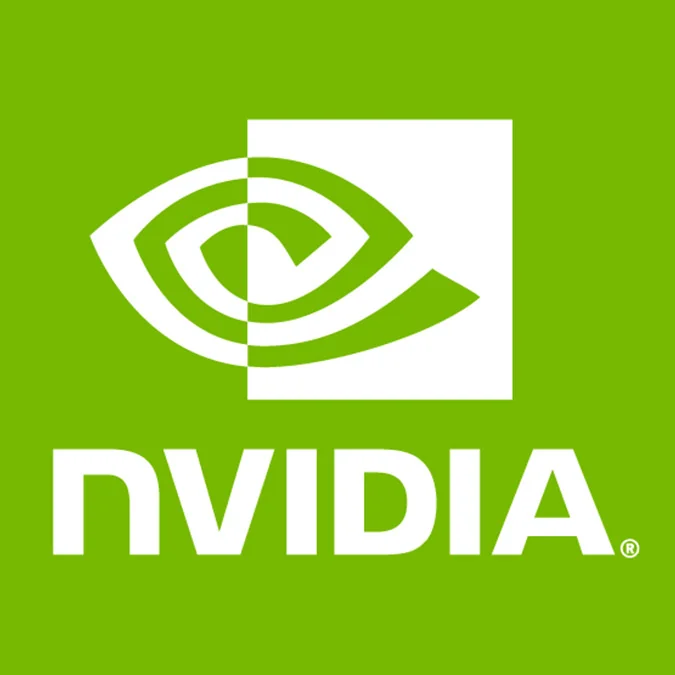NVIDIA Announces The Tegra X1 SoC With Maxwell Graphics

Ever since testing the GTX 750 series graphics cards that ushered in Maxwell, I've been excited to see it appear in a Tegra design given the significant performance and power efficiency increases over Kepler. These great gains in performance-per-Watt lived on with the newer GeForce GTX 970/980 high-end GPUs and now Maxwell is ready to enter the mobile space.
The NVIDIA Tegra X1 is a big.LITTLE design that offers four high-performance Cortex-A57 CPU cores and four Cortex-A53 high-efficiency CPU cores for the lighter weight work. The Tegra X1 was also upgraded to use LPDDR4 rather than LPDDR3, support for 3840x2160 at 60Hz (4K / Ultra HD) output, HDMI 2.0 support, and other great additions and improvements. NVIDIA continues using a custom CPU interconnect for the X1 design. The Tegra K1 draws less than 10 Watts of power and offers one TeraFLOP of compute power!
The NVIDIA Tegra X1 is expected to go after the automotive market and we'll hopefully see the Tegra X1 appearing in some high-end tablets given the great gaming performance potential. It's not yet been confirmed whether they'll release a public reference/development board like they did with the Jetson TK1, but we can only hope so in order to get a full-blown Linux distribution up and running on the X1 for some exciting benchmarks rather than the many canned Android benchmarks coming out today.
For more information check out NVIDIA's official announcement.
18 Comments

